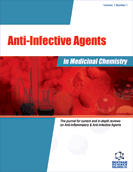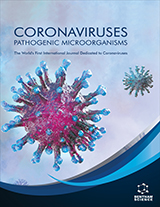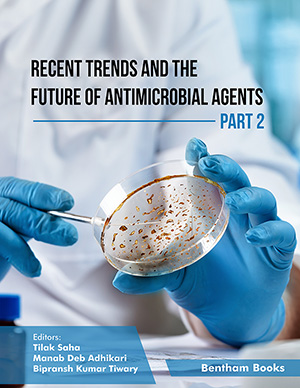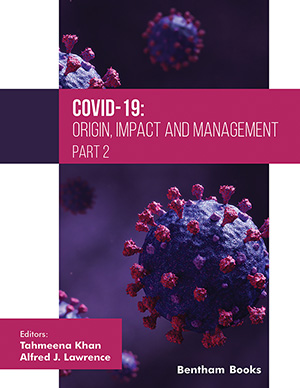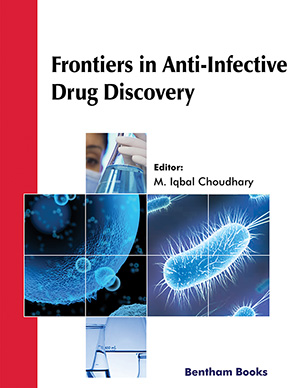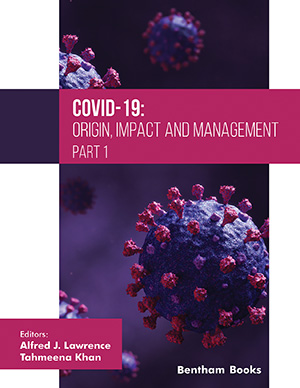Abstract
The human beings face the threat of a highly pathogenic avian influenza virus. The use of anti-influenza drugs is receiving much greater attention to playing an important role as a first-line defense against a new pandemic of influenza virus infection. However, influenza viruses resistant to currently available anti-influenza drugs, such as the M2 proton channel inhibitors and the neuraminidase inhibitors, are emerged frequently during the treatment with drugs. This suggests the need for development of new anti-influenza drugs utilizing alternative antiviral mechanisms and consideration of using anti-influenza drug combinations. Recent studies have clarified that the pathogenesis of influenza virus infection involves not only the virus replication-associated apoptotic cell death in the infected cells, but also the injury of noninfected cells by reactive oxygen species derived from macrophages and neutrophils infiltrated into the virus-infected organs. These findings provide a possibility that an agent with all of the following antiviral, anti-apoptosis and antioxidant activities can be a drug of choice for the treatment of patients with influenza virus infection. Selected antioxidants, such as pyrrolidine dithiocarbamate, N-acetyl-L-cysteine, glutathione, nordihydroguaiaretic acid and thujaplicin, possessed all of these activities. The combination of antioxidants, such as superoxide dismutase and N-acetyl-L-cysteine, with antiviral drug ribavirin synergistically reduced the lethal effect of influenza virus infection. Accumulating number of evidence highlights a potential of selected antioxidants for influenza chemotherapy and a possibility that combination of antioxidants with current anti-influenza drugs can improve usual influenza chemotherapy.
Keywords: Influenza virus, antioxidants, apoptosis, macrophage, monocyte differentiation-inducing (MDI) factors, phagocytosis, reduced nicotinamide adenine dinucleotide phosphate (NADPH) oxidase, reactive oxygen species
 7
7

